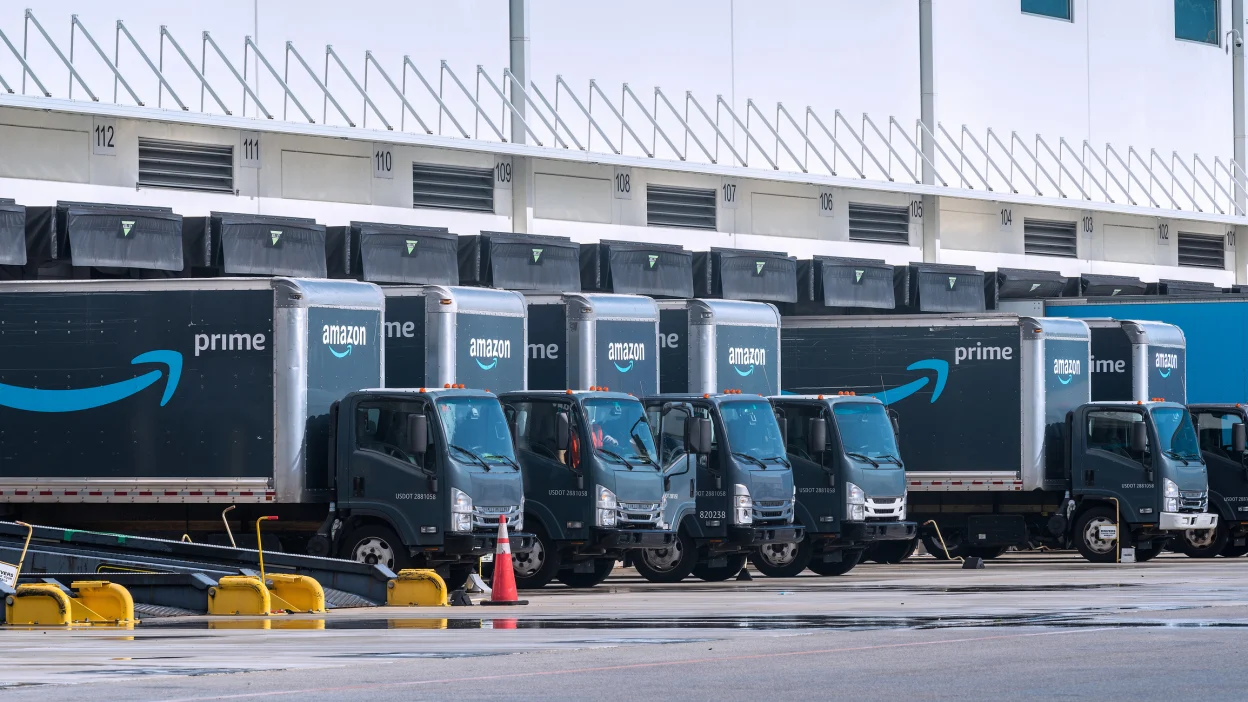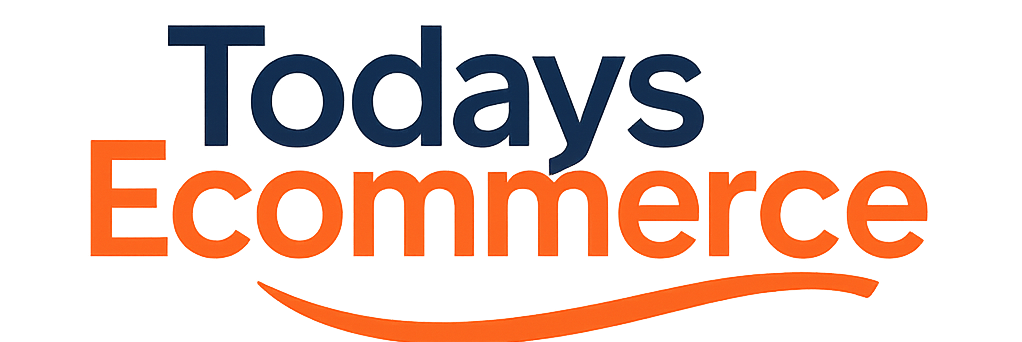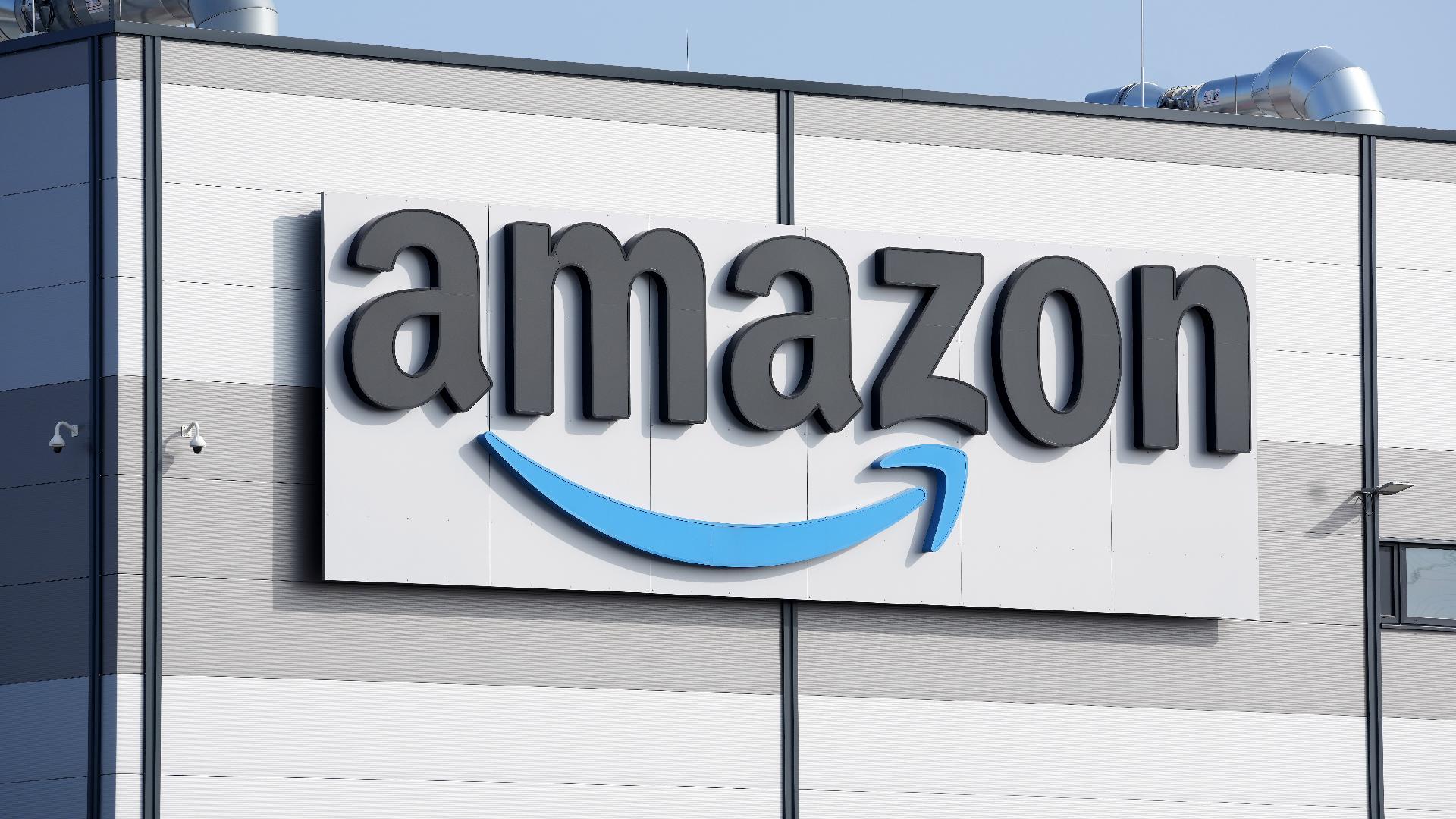Amazon’s brief consideration of displaying tariff costs alongside product prices has become a flashpoint in the ongoing debate over trade policy transparency and corporate responsibility. The e-commerce giant quickly reversed course after facing intense political pressure, including a direct phone call from President Donald Trump to founder Jeff Bezos. This dramatic episode highlights the complex intersection of business operations, consumer transparency, and political influence in today’s charged economic climate.
The controversy began when Punchbowl News reported that Amazon was planning to show tariff surcharges next to product prices, particularly on its budget-focused Amazon Haul platform. The initiative would have made visible to consumers how Trump’s aggressive tariff policies—including a 10% universal import duty and 145% tariff on Chinese goods—directly impact the prices they pay for everyday items. With nearly half of Amazon’s US sellers being China-based, the financial implications of these tariffs are substantial, making the question of pricing transparency particularly relevant for the platform.
However, the White House responded with swift and sharp criticism. Press Secretary Karoline Leavitt characterized the potential move as “a hostile and political act,” framing it as an attempt to shift blame for rising prices onto the administration’s trade policies. The political tension escalated when Trump personally contacted Bezos to express his dissatisfaction with the reported plans, demonstrating the administration’s willingness to engage with corporate leaders over policy-related business decisions directly.
Corporate Response and Strategic Retreat
Following the presidential intervention, Amazon quickly clarified its position and distanced itself from the tariff display concept. The company issued statements emphasizing that showing tariff costs “was never a consideration for the main Amazon site, and nothing has been implemented across any Amazon platforms.” Amazon representatives further explained that while they had explored the possibility of listing import charges on certain products for Amazon Haul, their budget marketplace competing with platforms like Temu and Shein, no such changes had been executed.

The swift reversal represents a significant strategic retreat for Amazon, which had initially viewed tariff transparency as a potential way to maintain consumer trust during a period of rising prices. The company’s consideration of the policy stemmed from practical concerns about how to handle the expiration of the de minimis exemption for Chinese imports under $800, which directly affects a substantial portion of Amazon’s inventory.
Industry-Wide Tariff Transparency Trends
While Amazon stepped back from tariff disclosure, other companies have embraced more direct approaches to communicating tariff impacts to consumers. Several businesses have implemented explicit tariff surcharges, including Dame, an online intimacy products store that now adds a $5 “Trump Tariff Surcharge” to purchases. Electronics manufacturer Crestron has introduced a 12% fee to offset tariff costs, providing pricing transparency that allows for adjustments as trade policies evolve.
These varied approaches reflect the broader challenge retailers face in balancing transparency with political sensitivities. While some companies view explicit tariff disclosure as responsible business practice, others worry about the political implications of highlighting policy impacts on consumer prices.
Economic and Political Implications
The Amazon tariff controversy illuminates deeper questions about corporate transparency and political influence in business decisions. The episode raises concerns about whether political intervention in private enterprise decisions undermines consumer rights to transparent pricing information. As tariffs continue to reshape import costs across multiple industries, the debate over how companies should communicate these impacts to consumers remains unresolved, with significant implications for both corporate strategy and consumer awareness in an increasingly complex trade environment.

